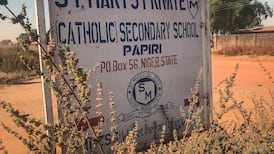When part of one of Tunisia's only monuments to its 2011 revolution disappeared earlier this year, not many noticed. Some residents of Le Kram, a suburb of the capital, Tunis, say the plaque bearing the names of eight locals killed while protesting was broken off by someone with a mental illness. Others say a passing drunk was to blame.
Whatever happened, the real story is that no one bothered to fix it. “This place wasn’t maintained, as you can see,” said Aymen Tahari (40), the owner of the struggling plant nursery facing the monument and, as of about two weeks ago, its self-appointed caretaker. “During the first year after the revolution, there was a kind of support from everyone, but then it just faded away.”
A decade later, Tunisia remembers its uprising – which ignited the region-upending protests that came to be known as the Arab Spring, overthrew a dictator and ushered in the movement's only remaining democracy – with a kind of reluctance bordering on hostility, the euphoria of that time stanched long ago.

On January 14th last, the 10th anniversary of the day the dictator, Zine El Abidine Ben Ali, fled the country, there was no official tribute, only more protests over Tunisia's no-end-in-sight economic decline.
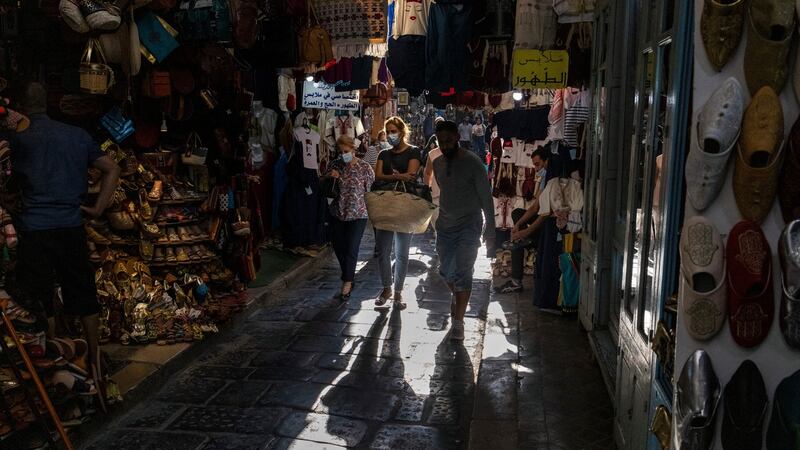
More than remembrance, there is regret. The revolution answered few, if any, of the hopes it raised for economic opportunity, accountability and an end to corruption, many Tunisians now say. This decade of disappointment with their elected leaders is why many Tunisians supported the events of July, when President Kais Saied sidelined parliament and seized power, precipitating a political crisis that still grips the country.
“The revolution is history now,” Tahari said. “Now we’re moving forward.”
Honouring the martyrs
In 2019, Le Kram’s mayor tried to immortalise its part in that history, choosing for the site of the memorial to those killed a roundabout ringed by a half-empty cafe, the shell of a parking garage, a car dealership and a stand hawking cheap handbags. In the middle of the roundabout is a scraggle of dried-out grass, and in the middle of the grass stands a black metal spike, the Tunisian flag flying crisply from its tip.

On a recent morning, Tahari was pacing the roundabout with one of his workers from the nursery, discussing plans to pick up the cigarette butts and water the grass. Nobody had asked him to. But the municipality lacked the money, everybody else lacked the will, and he thought it would be a nice thing to do.
He said he had not given much thought to honouring the martyrs, as Tunisians call them. Not that he was diminishing their sacrifice. Back in 2011, he said, Ben Ali’s repression and corruption made the revolution unavoidable and bloodshed inevitable.
Yet Tunisia, once awash in clocks shaped like the number 7 in honour of the November 7th, 1987, coup that brought Ben Ali to power, is conspicuously lacking in monuments to those who felled him. Officials have said such memorials had to wait for a government-approved list of the dead and wounded, which was not published until this March after a decade of pleas from the victims’ families, quarrels over who constituted a “martyr” and charges that old-regime sympathisers were obstructing the work.
What few tributes exist are put up by local governments or, often, by families at their own expense. "We had no interest in the details of the official list," Fathi Laayouni, mayor of Le Kram, told an interviewer last year. "We know our martyrs very well, and we took the initiative to soothe the pain and suffering of the families."
Nostalgia
The memory of the revolution is constantly contested. Tunisia's post-revolution Truth and Dignity Commission spent years collecting evidence of crimes committed under Ben Ali and his predecessor, Habib Bourguiba, only to run into obstacles to prosecuting the perpetrators. After being removed in 2011, a statue of Bourguiba triumphant atop a horse returned in 2016 to his namesake avenue in downtown Tunis, the same street where thousands of Tunisians had chanted for Ben Ali to "Leave!"
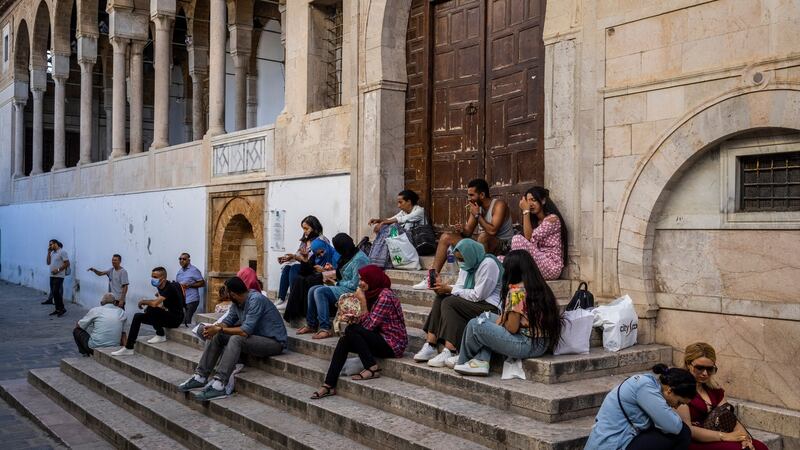
Walking down the avenue, no one would guess that the square near the statue is supposed to be called the January 14th, 2011 Square. There is no sign. It would be easy to blame old-regime sympathisers in power. But many Tunisians have far more nostalgia for their ex-dictator than the revolution that toppled him.
If Ben Ali had kept ruling as he did in his early years in charge, "he could've stayed", said Sondes Kouni (55), from the coastal city of Sfax, who was walking through the Le Kram roundabout. She had not protested in 2011 but had, in the end, been persuaded that Ben Ali needed to go.
Those who were killed protesting “didn’t die for nothing”, she added. “But afterward, there were mistakes that weren’t supposed to happen.”
According to Tahari and many others, Tunisia’s post-revolution leaders had done next to nothing other than enrich themselves and their friends. Perhaps none have greater cause for bitterness than the families of the dead. Le Kram’s black spike is not the only one of the neighbourhood’s memorials to the killed; a simple block of marble was first put up by their families.

Inscribed with the eight names, it stands across from its taller cousin in the roundabout. The municipality holds quiet commemoration ceremonies at the big monument, but only the families come to the small one. “We did it so that their names remain,” said Saida el-Sifi (63), whose son Chokri el-Sifi, a gas station worker, was 19 when he was shot in the protests.
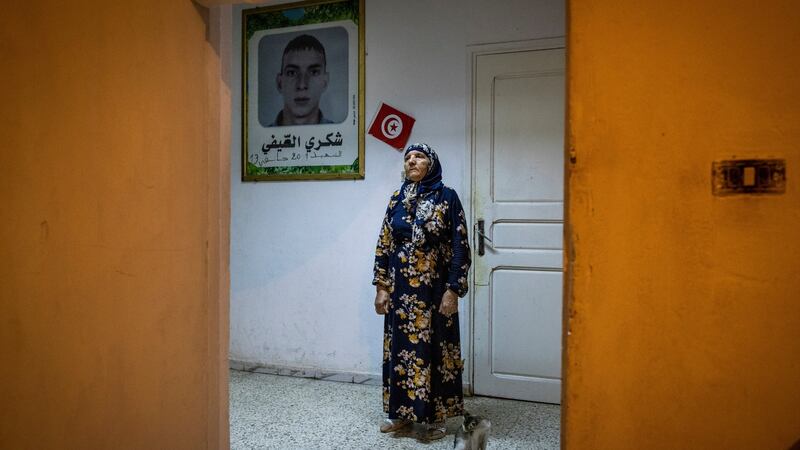
Adorned with at least a dozen photographs of Chokri large and small, the family’s home is itself a monument of sorts to him. The family moved there after his death, claiming what had been state property, and hung a plaque outside the gate proudly announcing it as the home of a revolutionary martyr.
Despite government attempts at eviction, they have been living there ever since. El-Sifi considers it her right, having sacrificed her son for Tunisia. Now she expects Saied to fulfill government promises made to families then and never kept: to put the perpetrators on trial and to compensate the survivors.
“I still support the revolution, but the last 10 years, it was a mess,” she said. “We really hope Kais Saied, now he’s president, will solve the problems and save the country and bring us our justice.”
‘Just a dream’
Passing the roundabout on her way home, Arbia Jneihi (46) often pauses over the name of her husband, Nouri Sikala, a carpenter shot while protesting on January 13th, 2011. He was 30. "When I see his name, I go back in history; I go back in my memories," she said. "We could've had a normal life; we could've had kids. But everything was just a dream."
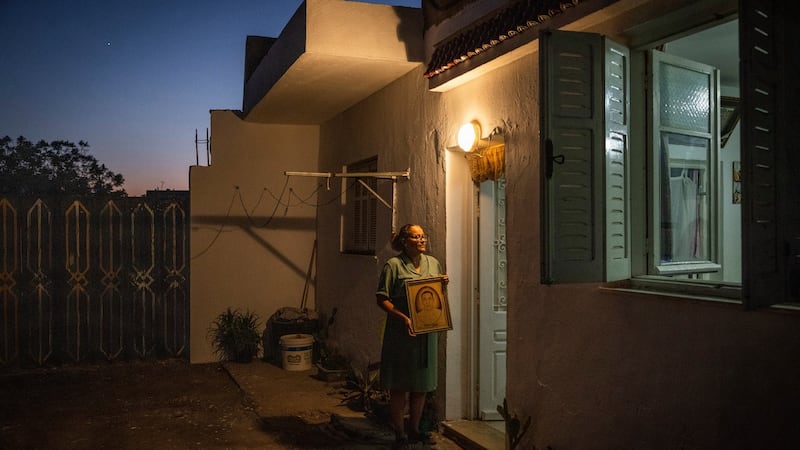
Sikala had protested because of all the official mistreatment he had endured, she said: roughing-up from police officers, insults at the town hall. Le Kram’s streets had been full of aggrieved people like him, burning down the police station, burning tyres. In some places, you could still see the marks.
But Jneihi, who has a low-level government job – one of her few survivors' benefits – said she had joined the revolution more "to go with the flow". It had brought her only regret. "I wish he hadn't gone out. I wish the revolution hadn't happened. I was actually, at one point, wishing I hadn't met him at all," she said. "We had a hope, we had a dream, but it just stayed a dream." For all its failed promise, however, Tahari says he still believes in the uprising's ideals. "We showed," he said, "that it's the people who have the power." – This article originally appeared in The New York Times





